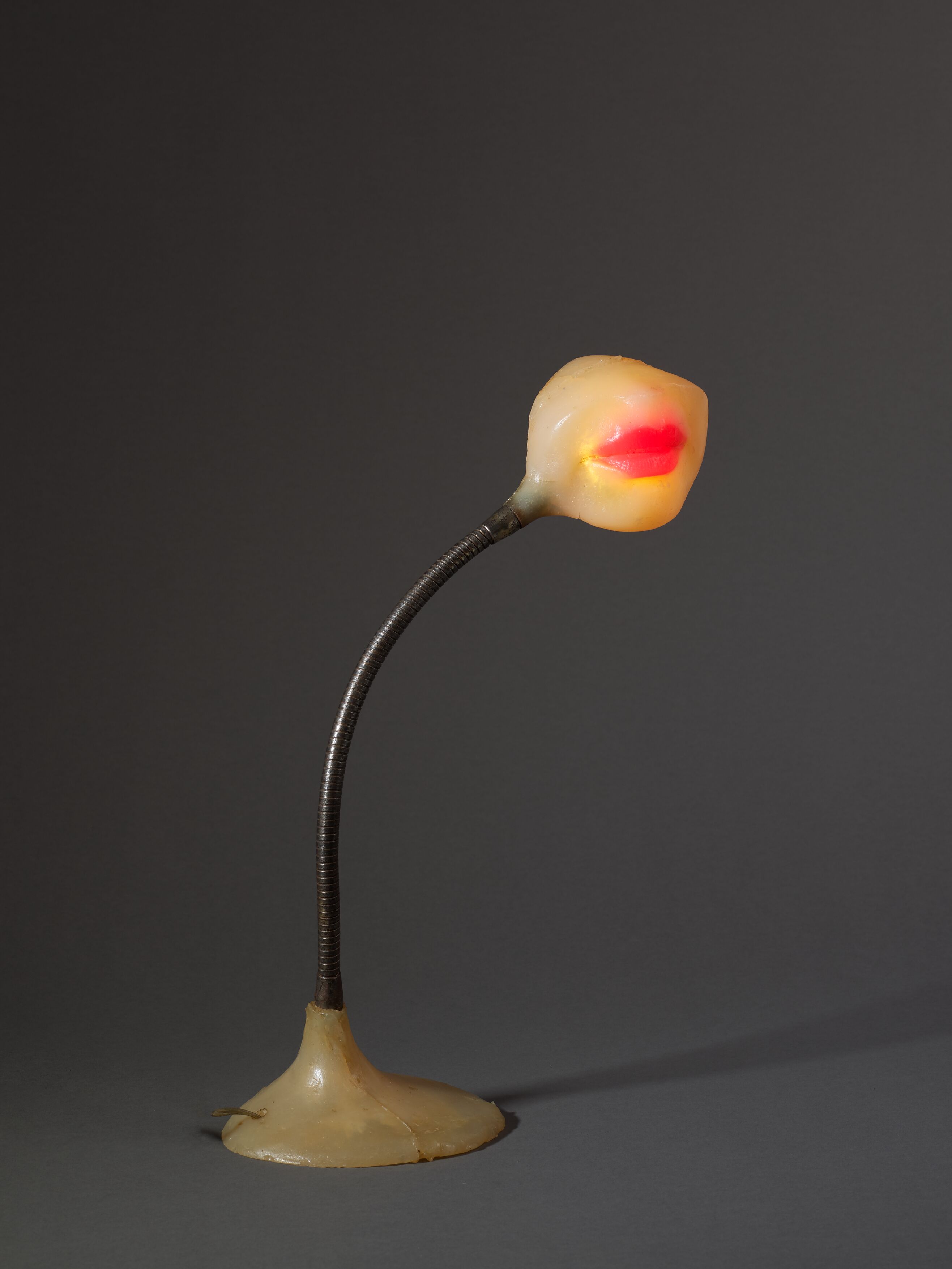We are often acquainted with the works that artists create, but we can learn even more about ourselves by understanding artists’ inspirations philosophies, and motivations. Alina Szapocznikow (1926-1973) was a sculptor whose experiences and techniques can provide new pathways of understanding.
As an artist interested in the body and the ways that technology is impacting contemporary life, Szapocznikow’s work has opened up new thinking for me. But artists are not the only people who can benefit from these insights – her perspectives on the body and her use of materials impact anyone questioning what it means to be human.
Here are seven pivotal lessons I’ve discovered. I hope you’ll find them as useful as I have.
Be mindful of the moment
“Through casts of the body I try to fix the fleeting moments of life, its paradoxes and absurdity, in transparent polyester…. I want to exalt the ephemeral in the folds of our body, in the traces of our passage…. Despite everything, I persist in trying to fix in resin the traces of our body: of all the manifestations of the ephemeral, the human body is the most vulnerable, the only source of all joy, all suffering and all truth…” – Alina Szapocznikow
Push on conventions to create pivotal work
“A pivotal work, Noga (Leg, 1962), her first known plaster cast of her own body, was created just prior to the artist’s relocation to Paris after living in Warsaw for twelve years. This work signals a shift in her practice when she would come to cast her body using a variety of experimental materials and focus on representing metamorphosis in sculptural form and the “body in pieces…. Noga marks an instinctual turn in Szapocznikow’s practice, transgressing sculptural conventions of the tie to dismiss the hierarchy of body structure.” – Margot Norton
Experimental processes yield original results
“In 1965… she took what she had learnt from the experience of casting, and began the highly experimental processes that characterized her late work. She began making casts of her lips, breasts, legs, and the voluptuous belly folds of a friend – the most prized aspects of the female form-and used these fragments as modular units. A series of lamps made from casts of her lips and chin or breasts, balancing on sinuous stalks and illuminated electrically from within, gather in rows on the studio shelves.” – Kirsty Bell
Isolate the part from the whole
“Szapocznikow took body parts and separated them from the whole. By doing so, she called into question not only their use, but their beauty too. Separating the function of the body parts from their aesthetic quality is a really interesting part of her practice. Her use of body casts and repetition, evokes assembly-line production. It is almost as if she becomes the machine in the process. She is illustrating the ready-made in a novel way, she becomes the subject of her sculptures.” – Sabrina Blaichman and Madeline Warren
Master new materials
“An integral component of her practice was her mastery of new materials and techniques. Alina Szapocznikow started working traditionally with plaster and bronze then cement. In the 1960s she started exploring new industrial materials such as polyester resin and polyurethane foam. She was looking for malleable materials, materials that she could shape after casting. She was exploring the possibilities of these materials and what they could do for her work. These materials enabled her to achieve a flesh-like quality. In that sense, experimentation and innovation were really important to her, in finding her voice as an artist in the ‘60s.” – Sabrina Blaichman and Madeline Warren
Explore and celebrate contradictions
“Szapocznikow’s sculptures contradict themselves, they contain multitudes. Which might help us understand Szapocznikow’s genius for bringing together in her sculptures qualities that we usually assume cannot coexist in a single work of art. Figures like those depicted in ‘The Bachelor’s Ashtray 1’ (1972) – a disfigured female had repurposed as an ashtray – are a once horrific and seductive, angry and flirtations, morbid and blasé. Ben Eastham
Use humor and universal themes
“A relentlessly curious artist, Szapocznikow deftly negotiated her work with humor, a lustful penchant for the erotic, but also with an acute sense of melancholy and somberness. Touching universal themes –touch, attraction, repulsion, decay, and death – contemporary resonances in her work abound, ensuring her legacy and vision will continue to inspire and find alliances with artists for generations to come.” – Pavel Pys
On View
To Exalt the Ephemeral: Alina Szapocznikow, 1962-1972 is currently on view at Hauser & Wirth, 32 East 69th street, New York, NY 10021, through December 21, 2019.
To Exalt the Ephemeral: Alina Szapocznikow, 1961-1927 will be on view at Hauser & Wirth, 23 Savile Row, London W1S 2ET, UK, from February 7 to May 2, 2020.
References
Alina Szapocznikow, “My Work Has Its Roots…,” in Alina Szapocznikow: Awkward Objects, Edited by Agata Jakubowska, Museum of Modern Art in Warsaw, 2011.
Margot Norton, “Nothing is Definitive,” in To Exalt the Ephemeral: Alina Szapocznikow, 1962-1972, Hauser and Wirth Publishers, 2019.
Kirsty Bell, “Between Dreams and Daily Work: Notes on Alina Szapocznikow’s Studio,” in Alina Szapocznikow: Human Landscapes, Exhibition Catalogue, The Hepworth Wakefield, UK, 2018.
Sabrina Blaichman and Madeline Warren, Personal communication at Hauser & Wirth, New York, November 15, 2019.
Ben Eastham, “Alina Szapocznikow: The Force That Drives the Flower,” L’Officiel Art International, Issue 28, 2018-2019.
Pavel S. Pys, “Alina Szapocznikow,” in To Exalt the Ephemeral: Alina Szapocznikow, 1962-1972, Hauser and Wirth Publishers, 2019.


